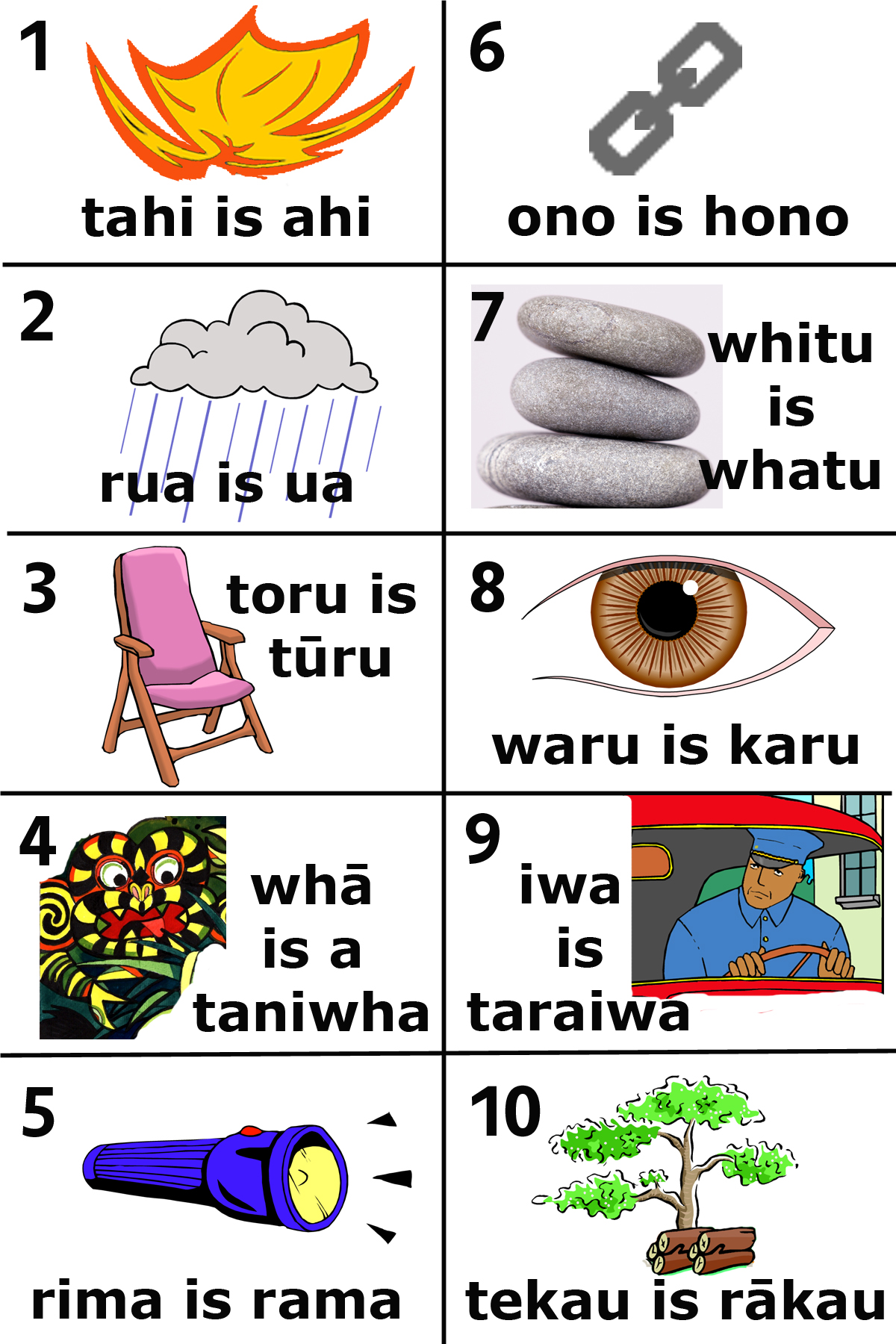I’ve discussed on a number of occasions the effects that stereotypes can have on our cognitive performance. Women, when subtly reminded that females are supposedly worse at math, do more poorly on math tests; African-Americans, when subtly reminded of racial stereotypes, perform more poorly on academic tests. And beliefs about the effect of aging similarly affect memory and cognition in older adults.
- Strategies
Everyday Strategies
- Lifestyle & Aging
Lifestyle
- Sleep & Circadian Rhythm
- Problems
Forgetting
Absentmindedness
Cognitive Impairment
- How Memory Works
Types of memory
Individual Differences
How the brain works
